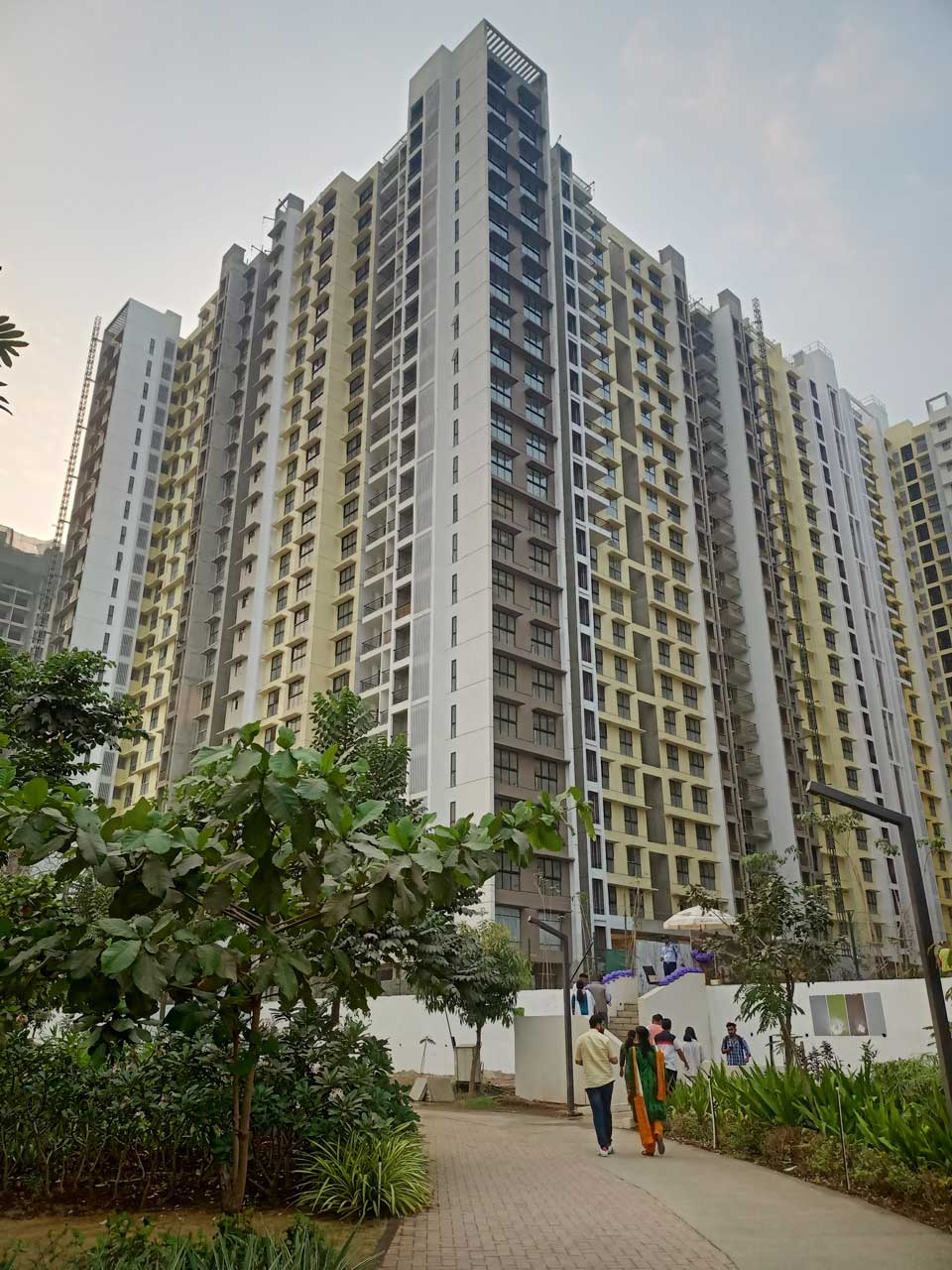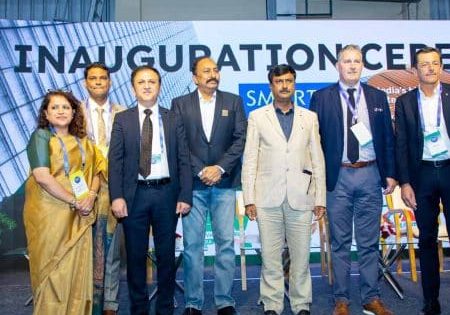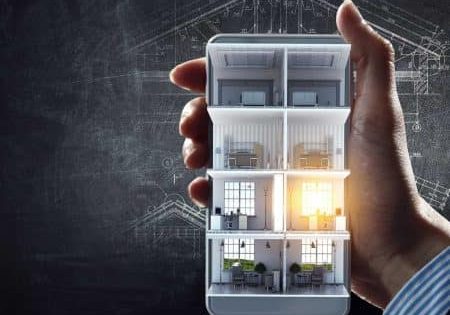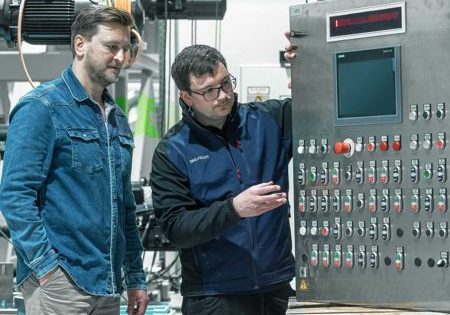Merging the Best of Both Worlds
Jun 1, 2024

A fusion of innovation and local sensibilities
In the bustling heart of modern cities, skyscrapers stand as architectural marvels, reaching toward the sky with their gleaming façades and intricate designs. At the core of these towering structures lies a crucial element: the elevator system. These vertical lifelines enable seamless movement within the towering edifices, embodying the essence of progress and technological advancement. However, what truly elevates these elevators to new heights is the fascinating interplay of global innovation and local sensibilities, a concept often referred to as “glocal” collaboration.
The concept of glocal collaboration in elevator design is a compelling narrative of merging the best of both worlds: leveraging cutting-edge technologies from around the globe while honoring the cultural nuances and behaviors of local populations. This dynamic blend ensures that skyscrapers not only soar to unprecedented heights but also cater to the diverse needs and preferences of their inhabitants.
Picture a skyscraper where architectural blueprints are a harmonious fusion of ideas from acclaimed architects abroad and the intricate detailing provided by local design experts. Here, elevators equipped with state-of-the-art technology sourced from international markets seamlessly integrate with the unique cultural behaviors and mobility patterns of the Indian populace.
A prime example of this innovative collaboration can be seen in the integration of voice-command technology within elevator systems. While this feature might seem commonplace in certain parts of the world, in India it serves as a bridge for individuals who may not be fluent in reading. By simply vocalizing their desired floor, passengers can effortlessly navigate the towering expanse of a building, democratizing access for all, regardless of literacy levels.
From the bustling streets of Mumbai to the serene landscapes of Bengaluru, glocal elevators are not just transporting people between floors, they are bridging the gap between tradition and modernity, innovation and culture.
Another remarkable adaptation is the optimization of elevator stops based on specific floors. In the hustle and bustle of Indian cities, where time is a precious commodity, this feature ensures that elevators only halt at designated floors, minimizing unnecessary delays and enhancing the overall flow of movement within a building.
However, the essence of glocal collaboration extends beyond the realm of technology: It delves deep into the fabric of Indian culture and lifestyle. Consider the integration of services for food delivery within these skyscrapers. Residents now have the option to pre-approve deliveries directly to their apartments, adding a layer of convenience and efficiency to their daily lives.
Similarly, some buildings have embraced the concept of self-service for package collection, allowing residents to retrieve their deliveries at their convenience, even during the late hours of the night. Nonetheless, such initiatives must be carefully curated to address security concerns, as unmonitored access can potentially lead to instances of theft.
The glocal approach to elevator design embodies a delicate balance of embracing global innovations while respecting and adapting to local sensibilities. While complete automation might be the hallmark of many skyscrapers worldwide, the Indian context demands a nuanced and contextually sensitive approach.
Factors such as cultural norms, security considerations and the evolving needs of urban dwellers must all be carefully considered and integrated into the design process. This collaborative effort ensures that skyscrapers not only stand tall as symbols of progress and modernity, but also resonate with the essence of Indian culture and identity.
As we gaze toward the horizon of urban living, it becomes evident that glocal collaboration will continue to shape the landscape of skyscrapers and the elevators that traverse their towering heights. By harnessing the strengths of global innovation while staying rooted in local traditions, these architectural wonders stand as testaments to the power of collaboration and ingenuity.
The glocal approach to elevator design is a celebration of unity in diversity — a fusion of the best of both worlds. It is a journey where diverse perspectives converge to create spaces that are not only efficient and technologically advanced, but also deeply reflective of the rich tapestry of Indian culture and heritage. These skyscrapers, with their glocal elevators, symbolize the boundless possibilities that arise when we embrace collaboration and innovation to create something truly extraordinary.
From the sleek, efficient movement of elevators that enhance the flow of life within a skyscraper to the thoughtful integration of cultural nuances and modern technologies, the glocal approach represents a holistic vision of urban living. This vision encompasses not just the physical structures that define our skylines but also the vibrant tapestry of human experiences and aspirations that shape our cities.

One of the most impactful aspects of glocal collaboration in elevator design is the emphasis on inclusivity. In a diverse and multicultural country like India, where languages, customs and traditions vary widely from region to region, elevators serve as a unifying force. Voice-command technology, for instance, allows individuals who may not be proficient in reading or navigating complex control panels to easily communicate their desired floor.
Moreover, this focus on inclusivity extends beyond just technological features. Elevators can be designed to accommodate a wide range of mobility needs, from providing ample space for wheelchairs to incorporating braille signage for visually impaired individuals. By embracing these diverse needs and tailoring elevator designs accordingly, glocal collaboration ensures that everyone, regardless of their background or abilities, can navigate and access these towering structures with ease.
In addition to inclusivity, the glocal approach also emphasizes sustainability and environmental consciousness. As the world grapples with the challenges of climate change and resource depletion, skyscrapers are increasingly being designed with eco-friendly features such as energy-efficient elevators, regenerative braking systems and even rooftop gardens that contribute to air purification.
Furthermore, the integration of smart technologies within elevators allows for efficient energy management, with elevators adjusting their operations based on usage patterns and occupancy levels. This not only reduces the carbon footprint of these towering structures but also ensures a more sustainable and environmentally responsible approach to urban development.
In the realm of safety and security, glocal collaboration has led to the implementation of cutting-edge systems that prioritize the well-being of occupants. Advanced surveillance cameras, emergency communication systems and real-time monitoring capabilities are just some of the features that ensure the safety of passengers within elevators and the surrounding spaces.
Moreover, the integration of biometric access controls and facial recognition technologies adds an extra layer of security, preventing unauthorized access and enhancing the overall safety of these vertical communities.
Another aspect of glocal collaboration in elevator design is the focus on user experience and comfort. Elevators are no longer just utilitarian devices; they have evolved into sleek, sophisticated spaces that offer a glimpse of luxury and style. From plush interiors and mood lighting to panoramic views and interactive displays, elevators now provide an immersive and memorable journey for their passengers.
Moreover, the customization options available in modern elevators allow building owners and developers to tailor the experience to the unique needs and preferences of their occupants. Whether it’s creating themed elevator designs that reflect the cultural heritage of the region or offering personalized services such as in-cabin entertainment or concierge assistance, the possibilities are endless.
In conclusion, the glocal approach to elevator design represents a paradigm shift in the way we conceptualize and create these essential components of modern skyscrapers. It is a holistic vision that embraces inclusivity, sustainability, safety and comfort, all while honoring the diverse cultural tapestry of India.
As we look toward the future of urban living, it is clear that glocal collaboration will continue to play a pivotal role in shaping the skyline of our cities. By bringing together the best of global innovation and local sensibilities, these elevators stand as testaments to the power of collaboration, creativity and the boundless possibilities that arise when we dare to dream big.
From the bustling streets of Mumbai to the serene landscapes of Bengaluru, glocal elevators are not just transporting people between floors, they are bridging the gap between tradition and modernity, innovation and culture. They are not just machines; they are symbols of progress, unity and the relentless pursuit of excellence.
In every ascent and descent, they echo the spirit of a nation on the move — a nation that embraces its heritage while reaching for the stars. They are elevators, yes, but they are also so much more. They are the embodiment of a glocal vision, where the best of both worlds converges to create something truly extraordinary.
Get more of Elevator World. Sign up for our free e-newsletter.









